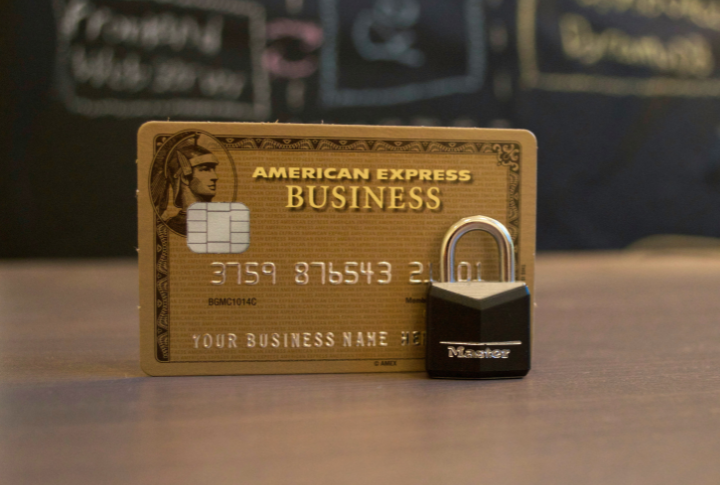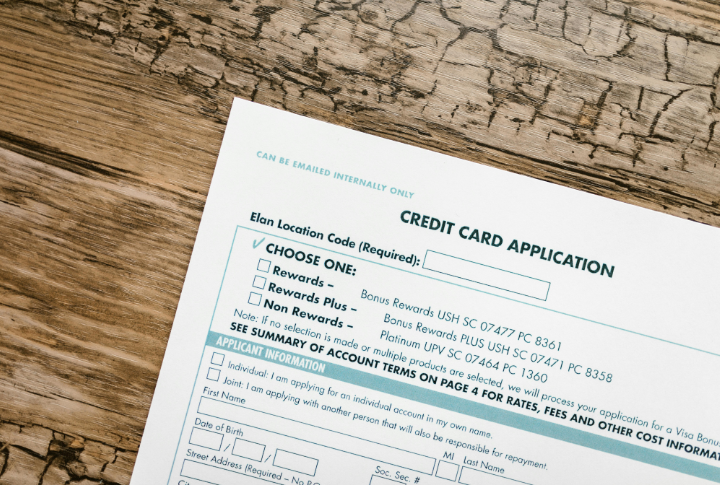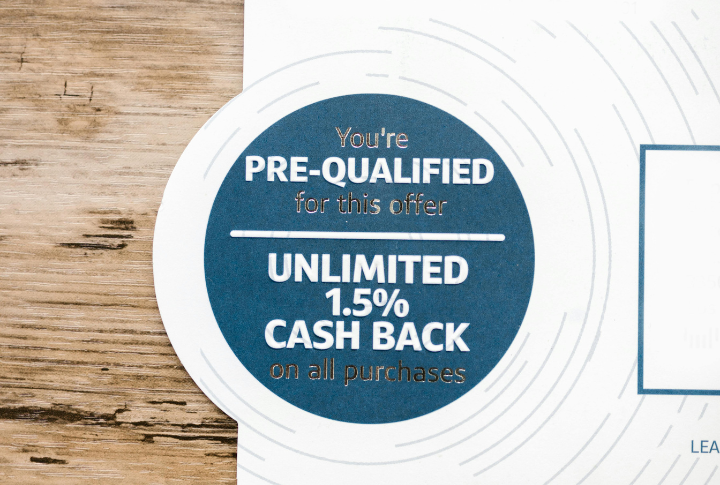
Need financing for your business? You’ll likely encounter two popular options: business lines of credit and business credit cards. Understanding the key differences between these financial tools helps you make strategic decisions for your company’s growth and cash flow management. As you go through these points, remember that both options offer flexibility but serve different purposes in your business financing toolkit.
What Is A Business Line Of Credit?

Think of a business line of credit as your company’s financial safety net. This revolving credit arrangement lets you borrow up to a predetermined limit and pay interest only on the amount you use. Unlike traditional loans, you can repeatedly draw funds as needed, which makes it ideal for handling seasonal fluctuations or unforeseen expenses.
What Are Business Credit Cards?

Business credit cards function similarly to personal cards but with tailored features for companies. You’ll receive a credit limit, make purchases, and repay monthly balances. Plus, rewards programs on most business cards prioritize categories like office supplies, internet services, or travel. They can help turn everyday expenses into useful returns.
Key Differences In Credit Limits

Business lines of credit typically offer substantially higher borrowing capacities. While business credit cards might cap at $50,000 for established businesses, lines of credit commonly range from $10,000 to $1 million. This dramatic difference makes lines of credit better suited for major investments or significant operational expenses.
Interest Rate Comparisons

Consider the cost of borrowing carefully. Business credit cards generally charge higher interest rates, averaging 14-24% APR. Lines, on the other hand, provide more favorable rates, usually between 7% and 15%. However, it will depend on your creditworthiness. Such a large gap in interest rates can greatly influence the overall cost of financing, especially for major or long-term expenses.
Application And Approval Processes

Securing a business line of credit demands more documentation and patience. Lenders often require financial statements, tax returns, and business plans, which often take weeks for approval. On the other hand, business credit cards offer streamlined applications with decisions sometimes delivered within minutes, making them accessible even for newer enterprises.
Funding Speed Differences

Business credit cards give you instant spending power, which is great for unexpected costs. Online lenders can approve a line of credit within a few days, while traditional banks usually take longer because of stricter review processes. Once it’s set up, though, a line of credit lets you withdraw funds quickly whenever you need them for planned expenses.
Repayment Structure Comparison

You need to understand repayment expectations to manage your cash flow. Business credit cards require minimum monthly payments and potential interest charges on remaining balances. Lines of credit typically offer more flexible arrangements that include interest-only payment periods and customizable repayment schedules aligned with your business cycles.
Rewards And Benefits Analysis

Business credit cards shine through their rewards programs, with cashback percentages that range from 1% to 5% on purchases. Many even provide valuable perks like travel insurance, extended warranties, and purchase protection. Lines of credit rarely include rewards, focusing instead on lower-cost financing rather than purchase incentives.
Difference Between Security Requirements

Business lines of credit often require collateral—assets that lenders can claim if you default. According to the Federal Reserve Bank of New York, 60% of small businesses back their loans with inventory, equipment, or real estate. However, business credit cards don’t require collateral but may include personal guarantees.
Best Uses For Each Option

Reserve business credit cards for everyday expenses like office supplies and travel. Their convenience, rewards (up to 5%), and expense tracking make them perfect for purchases under $10,000. Use business lines of credit for larger investments, inventory, or emergencies as their lower rates suit amounts over $10K or longer repayment needs.
